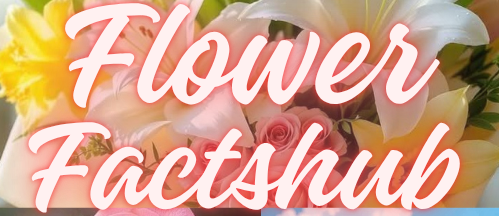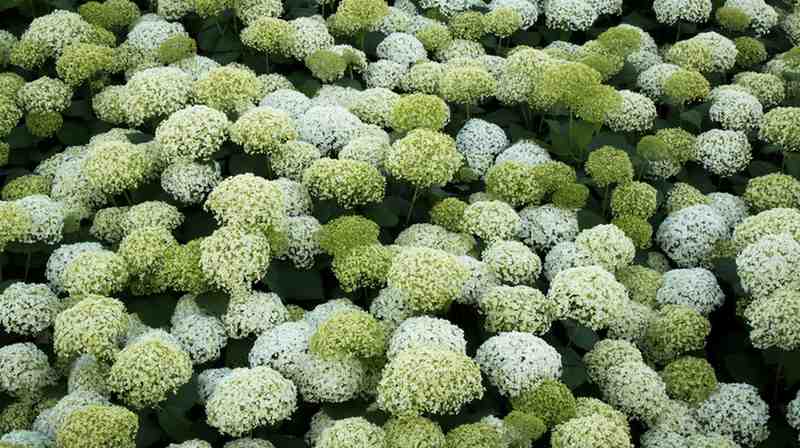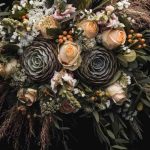Introduction
When you imagine a garden full of soft, billowy blooms, chances are you’re picturing something very close to the stunning Annabelle hydrangea. Known for their huge, snowball-like clusters of white flowers, Annabelle hydrangeas have captured the hearts of gardeners, landscapers, and flower lovers alike. Right from the first glance, these blooms create a sense of elegance, calmness, and old-world charm.
To begin with, Annabelle flowers stand out because of their size and beauty. Their blooms can easily reach up to 10 inches wide, making them one of the most impressive hydrangea varieties you can plant. Not only do they offer visual impact, but they also bring a feeling of softness and grace to any outdoor space. As a result, they’ve become a must-have in both classic and modern garden designs.
Moreover, one of the best things about Annabelle hydrangeas is their easy-going nature. Unlike some other flowers that demand constant attention, Annabelle plants are surprisingly low-maintenance. Once established, they can thrive with minimal care offering months of breathtaking blooms with very little fuss. Because of this, they’re perfect for both beginner gardeners and seasoned experts.
In addition to their beauty and ease of care, Annabelle flowers have a fascinating history. They first gained popularity in the early 20th century after being discovered growing wild in the woods of Illinois, USA. Afterward, horticulturists quickly realized the plant’s potential, and it wasn’t long before Annabelle hydrangeas became a favorite in gardens across the country and eventually around the world.
Interestingly, while most hydrangeas struggle with heavy blooms that droop or snap, Annabelle flowers have sturdy stems that can hold their massive clusters upright. This strength not only keeps the plant looking full and vibrant but also makes it incredibly resilient against summer storms and winds.
At the same time, their versatility cannot be ignored. Whether you want to line a shady path, fill a large flower bed, or create dramatic, eye-catching borders, Annabelle hydrangeas rise to the occasion. They blend beautifully with a variety of other plants, offering a soft, romantic backdrop that enhances everything around them.
Even better, their blooming season stretches from early summer right into fall, providing months of gorgeous color and texture. And once the flowering season is over, their dried blossoms continue to offer visual interest throughout the colder months.
Ultimately, Annabelle flowers bring timeless beauty, reliability, and charm to any landscape. Their effortless grace, combined with their ability to thrive almost anywhere, makes them a true treasure in the gardening world. Whether you’re planning your first garden or looking to add a new highlight to an established one, you simply can’t go wrong with these incredible blooms.
History
The story of Annabelle flowers, officially known as Annabelle Hydrangeas, begins not in a grand botanical garden, but rather in the quiet woodlands of Illinois, USA. Unlike many cultivated plants that emerged from planned breeding in labs or greenhouses, Annabelle hydrangeas made their debut straight from nature itself. And that’s part of what makes their story so charming and inspiring.
To go back to the very beginning, it was the early 1900s when curious plant lovers first stumbled upon an unusual type of wild hydrangea. While hiking through the forests of southern Illinois, they noticed a bush with unusually large, white, snowball-shaped blooms much bigger than what was commonly found in wild hydrangeas. Naturally, this caught their attention. And thankfully, instead of ignoring it, they took note of it and brought samples back for study.
As time went on, interest in this bold, natural beauty began to grow. Botanists quickly realized that this wildflower wasn’t just another pretty face it was strong, adaptable, and full of potential. In fact, its size and resilience made it stand out from the more delicate varieties available at the time.
Then, in 1962, everything changed. After years of observation and gentle cultivation, the University of Illinois officially introduced the plant to the public as ‘Annabelle.’ They named it in honor of Anna, a local resident, and the nearby town of Anna, Illinois where the plant was originally discovered. This gave the flower not just a name, but a personal and local story rooted in real people and places.
From that point onward, Annabelle hydrangeas began to gain serious popularity. Gardeners all over the U.S. started planting them in their yards, drawn by their full, snow-white blooms and impressive durability. Soon after, nurseries across the country added them to their catalogs, and the Annabelle craze began spreading far and wide.
Turning effects
Interestingly, what helped Annabelle flowers rise to fame wasn’t just their appearance it was also their hardiness. They could handle colder climates, bounce back after pruning, and bloom reliably year after year. As a result, they became a favorite among homeowners, landscapers, and public garden designers alike.
Moreover, as time moved forward, Annabelle served as a foundation for innovation. Horticulturists began using it as a parent plant for developing new varieties, including stronger stems and even different colors, like the pink-tinted Invincibelle Spirit. These modern cousins owe their success to the wildflower that once bloomed quietly in an Illinois forest.
Today, when you see a big, beautiful hydrangea lighting up a shaded garden, there’s a good chance it’s an Annabelle or one of her descendants. What started as a hidden woodland gem has now become a beloved garden classic all because someone took the time to notice nature’s quiet masterpiece and share it with the world.
Popular Varieties of Annabelle Flowers
Annabelle hydrangeas already win hearts with their lush, cloud-like blooms but what’s even more exciting is that they’ve inspired a whole family of stunning varieties. Over time, growers and plant lovers didn’t just stop at the classic; instead, they built on its beauty and strength to create even more impressive cultivars. So, if you love Annabelle, you’ll definitely want to meet her beautiful “relatives.”
1. Classic Annabelle
To begin with, the original Annabelle Hydrangea (Hydrangea arborescens ‘Annabelle’) still holds a firm place in gardeners’ hearts. Known for its massive white flower heads, which can reach up to 10 inches wide, this variety blooms reliably every summer even on new wood. That means it bounces back strong even after a hard prune or harsh winter.
Moreover, it thrives in partial shade, stays happy in different soil types, and brings elegance to everything from home gardens to public parks. It’s no surprise that the classic Annabelle continues to inspire the rest.
2. Incrediball – Bigger
Next up is Incrediball, a variety that took everything gardeners loved about Annabelle and supercharged it. Not only does it produce even larger bloom sometimes up to 12 inches but it also comes with extra-strong stems. As a result, the flowers stand tall and proud, even after heavy rain or wind.
Because of this, Incrediball has become a go-to for people who love big, statement flowers but don’t want to deal with drooping or collapsing plants.
3. Incrediball – Blush
Then there’s Incrediball Blush, which brings a soft, romantic vibe to the Annabelle family. With its delicate blush-pink flowers that age into soft green, it’s perfect for anyone who wants something a little different from traditional white. This variety also boasts sturdy stems and long-lasting blooms, making it both beautiful and dependable.
Whether you’re decorating a garden wedding or just love a more gentle palette, this one fits the mood perfectly.
4. Invincible Spirit II
Another standout is Invincibelle Spirit II, the first pink-flowering Annabelle-type hydrangea on the market. But it’s not just gorgeous it also supports breast cancer research, with a portion of proceeds going toward funding the cause. So when you plant this variety, you’re not only growing a stunning plant, but you’re also contributing to something meaningful.
With rich pink blooms and the same strong performance you expect from the Annabelle family, this variety delivers beauty and heart in one lovely package.
5. Invincibelle Mini Mauvette
Lastly, if you’re working with smaller spaces or just want a neater, more compact hydrangea, Mini Mauvette is a perfect fit. This dwarf version of the Annabelle type stays small but doesn’t hold back when it comes to color or impact. Its deep mauve-pink flowers pop against green foliage and bloom all season long.
Because it’s easy to manage and fits well in containers, borders, or tight garden spots, it’s become a favorite among urban gardeners and landscape designers.



